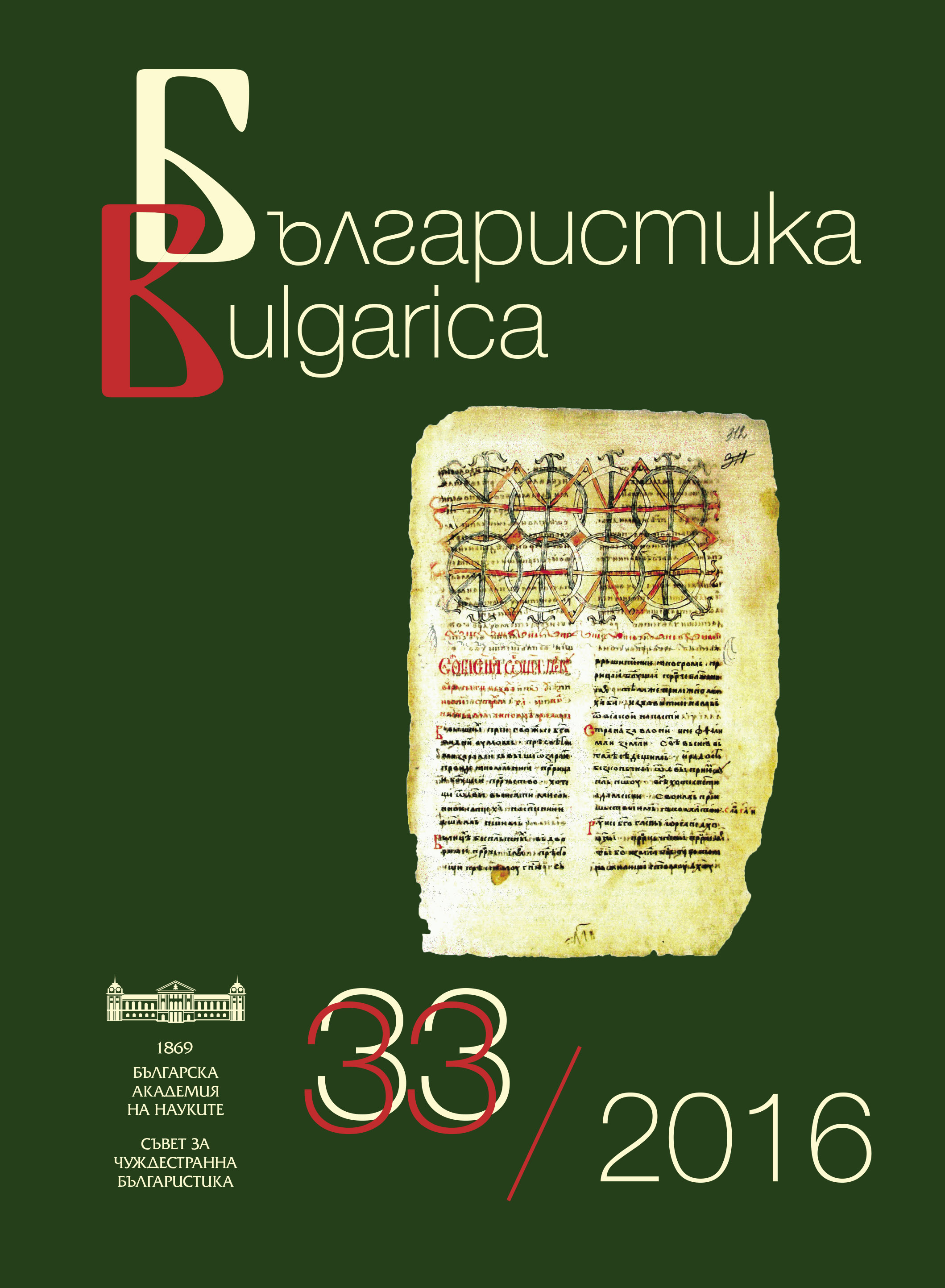
We kindly inform you that, as long as the subject affiliation of our 300.000+ articles is in progress, you might get unsufficient or no results on your third level or second level search. In this case, please broaden your search criteria.

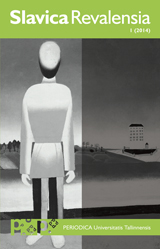
The present critical overview of nearly 50 studies published on the occasion of Ivan Goncharov’s bicentennial raises the question of why many students of Goncharov take for granted such 19th-century concepts as a classic writer, literary canon, etc.
More...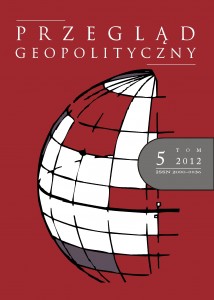
Sven Anders Henin (1865-1952) was a Swedish geographer, geopolitician, topographer and explorer. He came from a financially well-situated environment of Swedish middle class. His father was the chief architect of Stockholm. In 1885, after graduating from high school, he started his studies interrupted by trips to the Middle East. Firstly, in Sweden he studied geology, mineralogy and zoology, then continued studying in Berlin under the direction of famous geographical Ferdinand von Richthofen, ending it obtained a doctorate in 1892. During four expeditions to Central Asia, he discovered the Transhimalaya and the sources of the Brahmaputra, Indus and Sutlej Rivers, Lake Lop Nur, and the remains of cities, grave sites and the Great Wall of China in the deserts of the Tarim Basin. Hedin revealed to the world its geopolitical position, publishing in 1915 a book titled “The people in arms”. Swedish geopolitician entered into polemics with Polish traveler and writer Ferynand Ossendowski and his book Beasts, Men and Gods. Hedin could not ignore the part of this book presenting the author’s alleged journey from Mongolia to the north-east Tibet and back. In his opinion nothing there did not agree with reality. After unpleasantness he suffered for his attitude during the war, he continued his research about Central Asia. In the book titled “From Beijing to Moscow” he once more questioned the veracity of Ossendowski’s book.
More...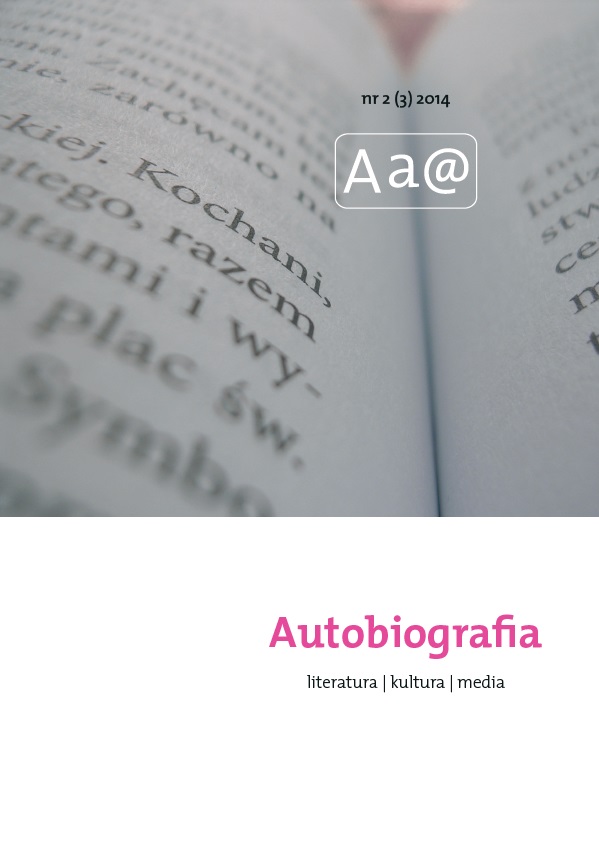
The article is about a testament as an intermediate genre between legal and personal document literature. The author analyses differences in understanding of this term and how it depends on the time and place it was written in, especially in the case of a testament written during the Holocaust. The article presents cases of testaments of the last prisoners of the Kulmhof death camp (today Chełmno) including Izrael Żurwaski and Szymon Srebrnik – two prisoners who escaped from Kulmhof in January 1945. The author also tracks every contradictory information concerning these testaments.
More...
Through a close reading of Octavia Butler’s Dawn (1987), Adulthood Rites (1988) and Imago (1989), this article examines how implicitly decolonialist science fiction is shaped by the socio-historical context of the Cold War. Writing against notions of American exceptionalism, Butler’s tacit critique of settler colonialism argues against social systems that assign value based on identity. The structure of this argument glosses Frederic Jameson’s critique of the limits of utopian structures in science fiction, mostly drawn from his critical tome Archaeologies of the Future. Butler uses characterization, particularly of the protagonists—Lilith, Akin and Jodah—in the three novels to produce a critical model for understanding the limitations and potential of narratives about alien colonization as a means of exploring the radical potential of human collaboration as a means to end identity-based oppression. The novels work in tandem to produce a unified transformative narrative that frames subjugation, difference and subjectivity as problems to be solved within a nationalizing system, which reveals how the series is complicated by the late capitalist world system into which it was published.
More...
Serenella Iovino and Serpil Oppermann’s brilliant collection, Material Ecocriticism, testifies to the fruitfulness and urgency of the critical perspective opened up by the particular reticulation of influences that characterizes the project of material ecocriticism. Although the essays consider a diverse array of phenomena, all of the essays are unified by their alignment with a specific constellation of critical perspectives, and the editors’ skillful arrangement of the chapters enables the essays to coalesce into something resembling a narrative. At the same time, this adept configuration of the material also allows room for differences of perspective and emphasis.
More...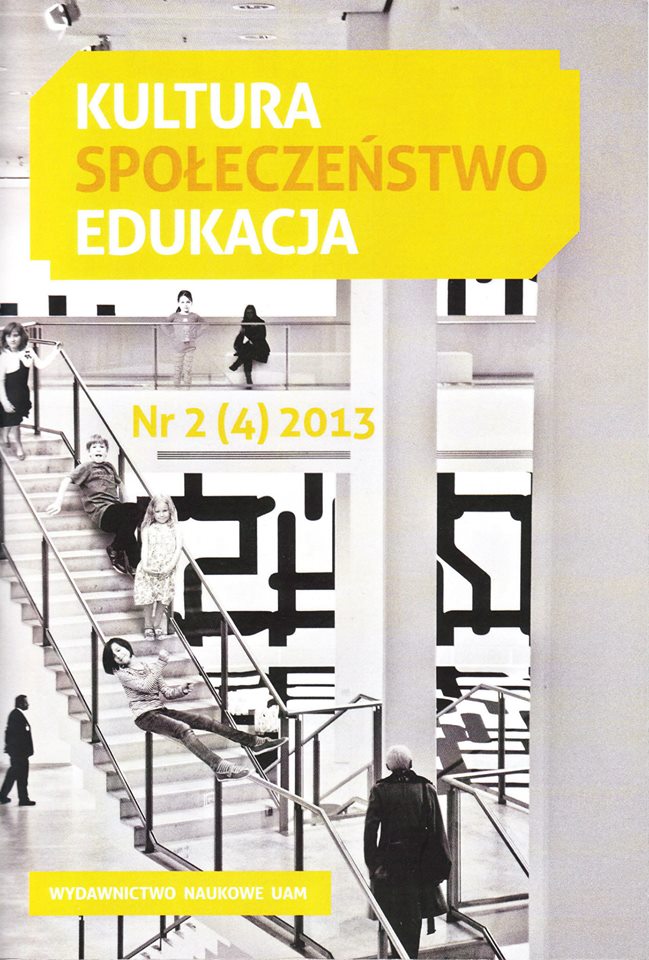
This article will explain the topic of personality formation through the media and the role of the device in the transmission of values and new criteria and to communities under the topics of media and behavioral character, character, character, character of the exterior, multiple, stable and homogeneous raised issues and the media as one of the social institutions, cultural heritage and social transfer function and values of communities.The character of the people in the current age according to the obvious role of the media in society and inform about topics of social, political, cultural, etc. trying to enter new patterns to the culture of the community to the alternative culture and values and patterns of the past
More...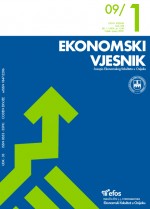
In the literature on entrepreneurial education, various accesses in integration of theory and practice are present, the authors differ in the choice of methods, and techniques of teaching that will enable the students to build entrepreneurial skills. However, though teaching through lectures represents an important learning component, everyone agrees that only theoretical knowledge is not sufficient. To stimulate students to active learning and application of acquired knowledge in practice various interactive techniques have been developed among which are also the methods of experimental and reflexive learning. This paper researches the application of combination of these methods using students’ diaries and then appraises this technique, its advantage and disadvantage from the viewpoint of teachers and students. Thus, this paper can start further discussion on the techniques of efficient teaching and learning in the entrepreneurial education.
More...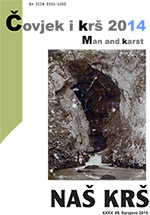
The Red List of fauna of the Federation of Bosnia and Herzegovina was first made as a report, and later as part of the legal obligations under the publication in the Official Gazette of the Federation of Bosnia and Herzegovina. According to the authors, all of them from the Faculty of Sciences University of Sarajevo, the Red List contains only 18 bat species. They wrote this report in 2013 using the literature which dates from the early 20th century. At the time of writing their report, for Bosnia and Herzegovina was known 28 species. That only shows that the authors of the Red List does not know absolutely nothing about the recent research of bats in BiH, or the published articles from the region, in which were processed the species of BiH.
More...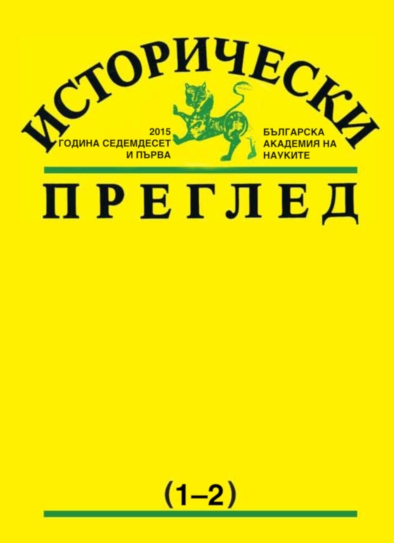
This is a selective bibliography of Professor Marin Drinov (1838–1906) encompassing only publications about him especially after 1987 and up to now. All collections and conference proceedings are described analytically or individually by articles for better use. Special thanks to Assoc. Prof. Elka Drosneva for her precious help in tracing rare and hardly available bibliographic sources.
More...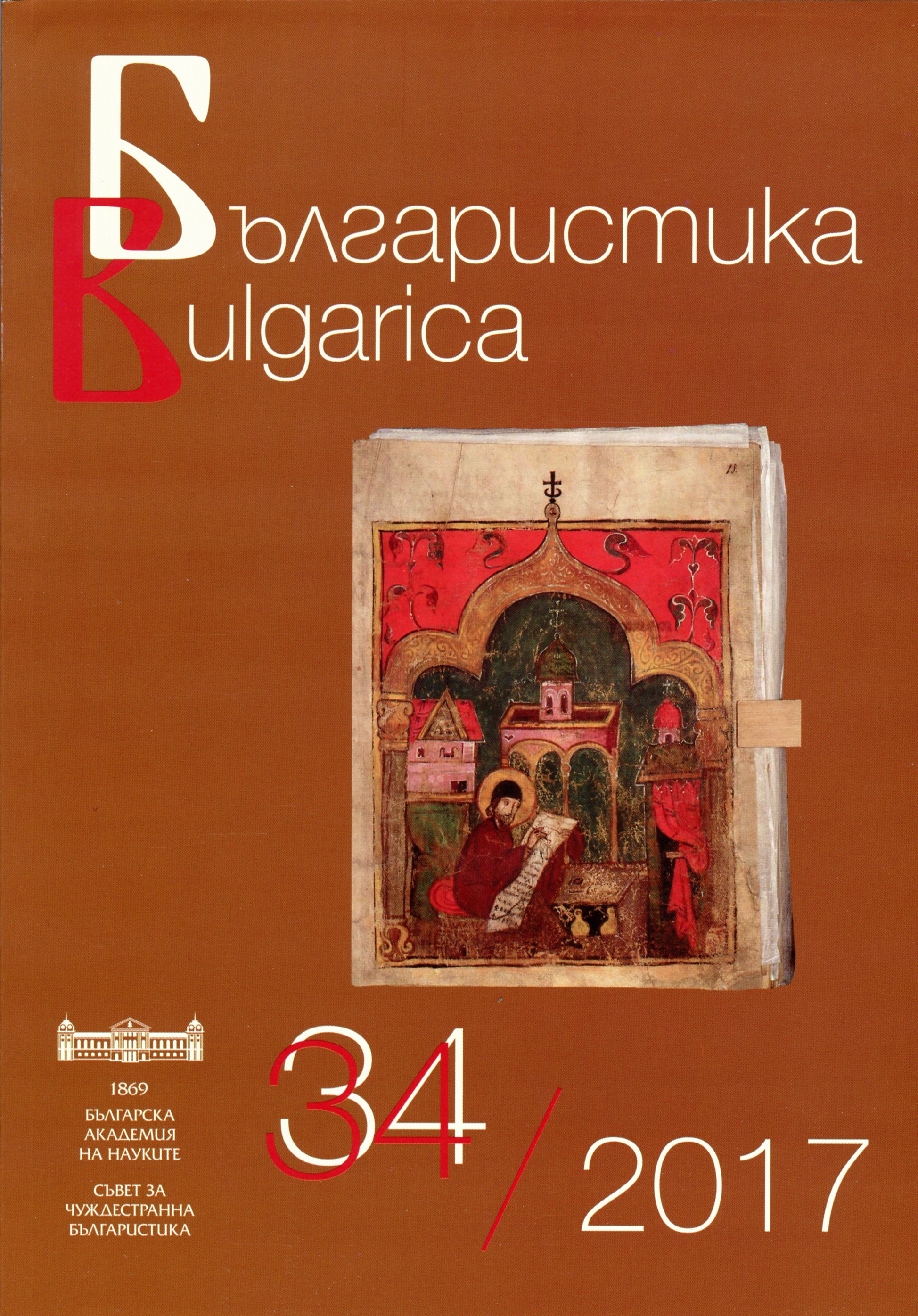
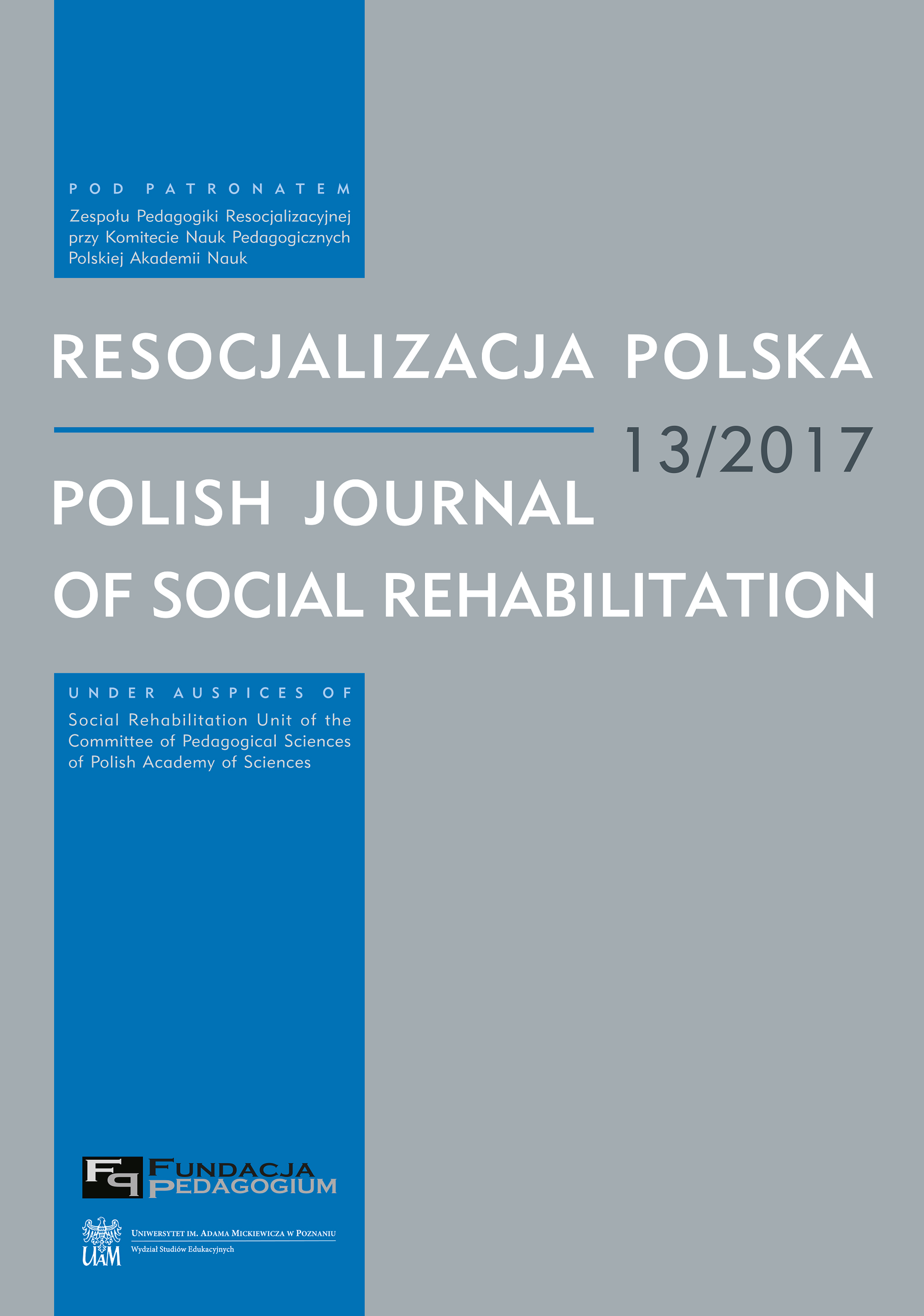
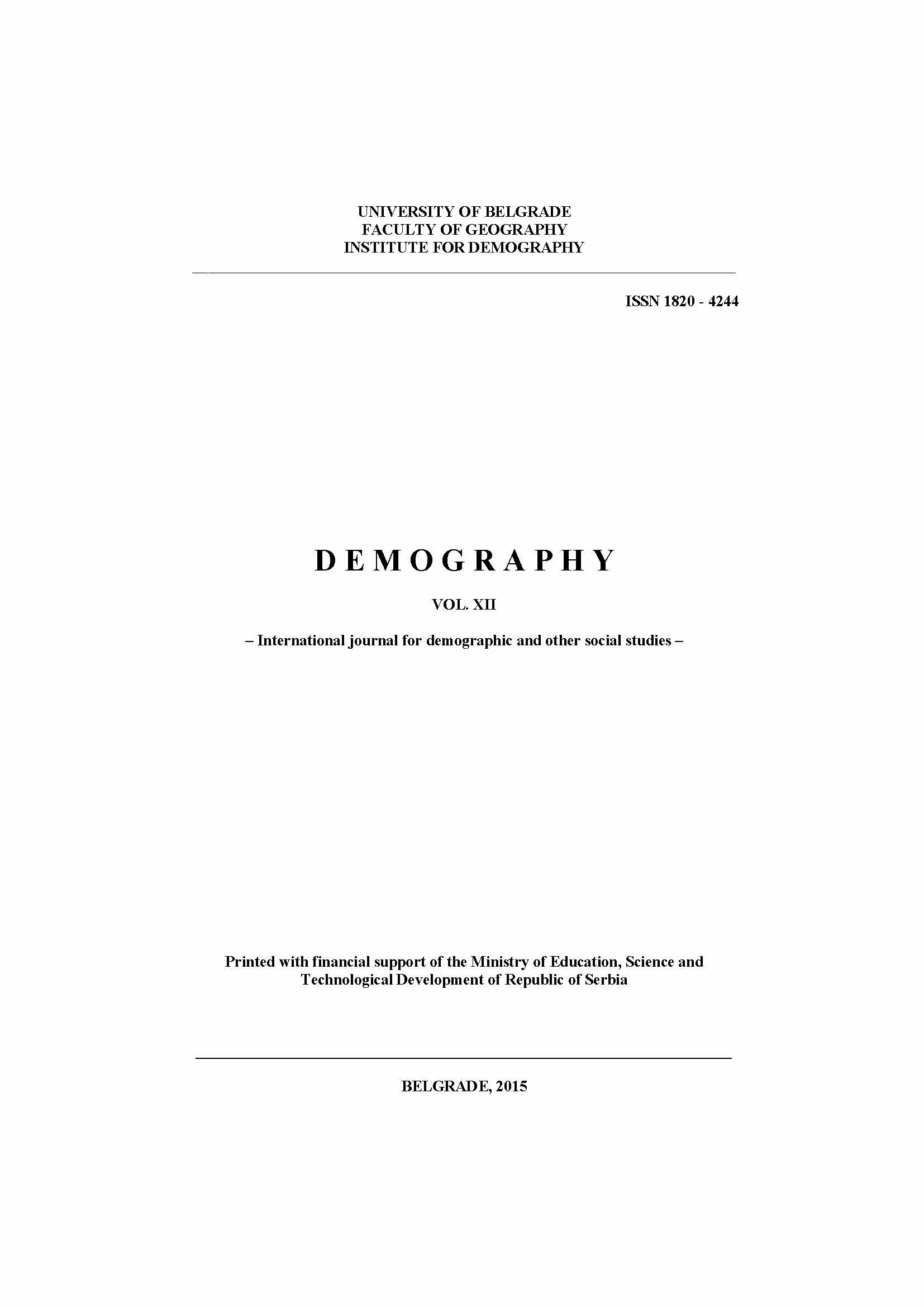
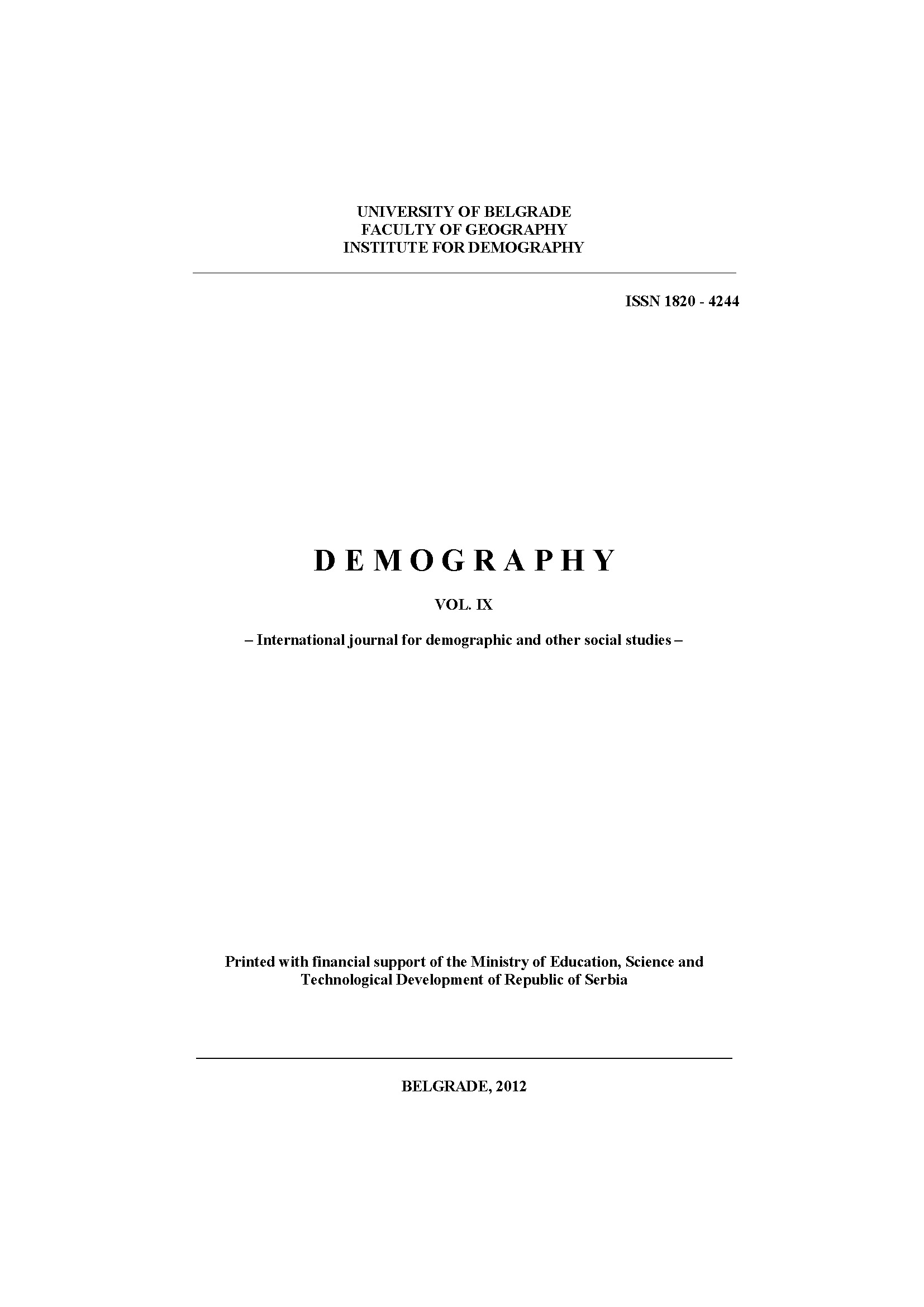
Within the framework of the project of the Archaeological Institute of the Hungarian Academy of Sciences and the Institute of Genetics of the Szeged Biology Centre, titled “Archaeogenetics in the research on the ethnogenesis of the Hungarians”, a number of tenth-century cemeteries, incompletely investigated in the 20th century, have been re-investigated. In September 2002, a new excavation was carried out by Péter Langó and Attila Türk at the site of “Derékegyházi oldal, Berényi B. 129. tanya földje” southeast of Szentes, in the Great Hungarian Plain, originally investigated by Gábor Csallány in 1940 (Fig. 1.1–2). During the successful identification of the site four new 10th-century graves were found, which complete the cemetery (Fig. 2.1). The graves of eight buried individuals were oriented to west-northwest and were placed roughly in a row. Based on the grave-goods, the burials can be dated to the mid-third or second half of the 10th century AD, which was confirmed by radiocarbon dating as well.
More...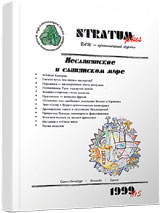
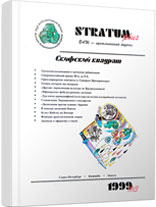
The publication is a first scientific translation from ancient Greek into Russian the Dispositions against the Alans of famous historian Arrian. The translation is made practically literal. It pays a special attention to the military terminology. In the end of the 135 AD, the Alans invaded the Transcaucasia and penetrated up to Cappadocia. For repulse of the invasion, the governor of the Roman province Arrian collected about 18000 soldiers and, probably, came to meet the Alans. The frightened nomads did not take a fight and retreated. This work of Arrian arose from the expedition against the Alans. The work according to the context is divided into the four parts. In the first part (§ 1-10) the Roman army going in march column of the length more of 10 km is shown. Arrian was careful not to be attack in the front, and so he stationed in the front rank the bowmen and the train behind the troops. The second part of the work (§ 11) tells us about a preparation of array. The third part (§ 12-24) describes a disposition of the army. The formation was form up on a valley bordered by heights. On the latter the archers and javeliners, covering the heavy-armed infantrymen were placed, whereas two legions were in the centre of the array. A legionary was armed with kontus (heavy pilum) or lancea. Thus, it is obviously, the weapon of the legionary was usual in this time. The formation of the Arrian’s army was the typical Roman one: the legions in the centre, the auxilia on the flanks. The commander understood his horsemen cannot resist the Alans, rider from the childhood, neither on number, nor on quality, therefore he correctly placed his hors behind the foot. The general with the reserve stood behind the centre of battle-formation. The fourth part of the work (§ 25-31) shows us the possible description of a future battle. According to it, Arrian was as opponents the Sarmatian mounted lancers, mainly, without armour. To assume the Sarmatian charged in this case by wedge is unfounded. The general recommends to approach the enemies on the range of bow shot and then to deafen them with the war-cry and, at the same time, to throw them a volume of missiles. It might exert a psychological influence on the opponents and to force to retreat them. However, Arrian also assumes other variant, i.e. the Alans nevertheless will approach the foot formation. In this case he recommends the latter to be close and to receive the enemy with the wall of shields: just this way an infantry usually repulse a charge of cavalry. Then the nomads should take to flight. Arrian assumes to pursue the opponents by the light horsemen of cohorts which will reach forward through the opened infantry. The fight of the hors should be covering fire by light-armed footmen. The general is afraid of recommence of the flight attack, therefore he orders the legions fast to come, in case of need, again to withdraw them in front. So, in the work Arrian confirms his reputation of the professional soldier, showing itself as a military expert of close co-ordinated action of armed forces. The work is just a fragment as there is not the beginning, which an aim of the work was, and the end. The uniqueness of the fragment is it that only one shows the Roman tactics of the 2nd century AD in detail. The first part of the work has a concrete character. Arrian names the names of commanders, knows who, in the time, led the troops, it is not necessary those which should be according to a «list of staff». The description of the fight is more abstract, i. e. there have not neither the names of districts, nor specific description of arms and tactics of the Alans. It is the descriptive phrases (§ 10; 15; 16; 23) which, in principle, are not necessary in a military disposition. All this speaks us that the specific campaign underlay the work. Certain plan of actions and disposition were worked for the campaign. They then were literary dressed. Probably, the Disposition originally was a separate work of Arrian which then, in an overworked form, might be a member the lost Alanica or it was the separate work. The Disposition might be a member the lost Arrian’s Tactics of Roman infantry in which, as Art of Tactics, the personal military observations of Arrian were put.
More...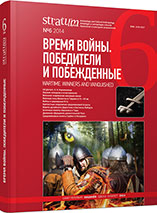
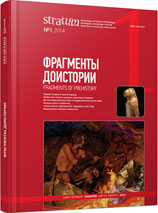
The correspondence between one of the founders of the Russian archaeology Vasiliy Alexeevich Gorodtsov (1869—1945) and David Natanovich Lev (1905—1969), an archaeologist from Leningrad, has brought to us valuable information about the history of the Institute of Anthropology and Ethnology in the 1930s. This information adds a lot to what we knew from published and archived official documents. As early as 1970 P. I. Boriskovsky and A. P. Okladnikov noted that V. A. Gorodtsov’s and D. N. Lev’s letters to each other “would undoubtedly serve as an important sourse for every historian of the Russian archaeology”. The letters reflect feelings and psychology of both scholars, as well as their attitudes towards various events that took place in social and academic life. The texts are reproduced after the originals stored in the Department of Written Records of the State Historical Museum.
More...